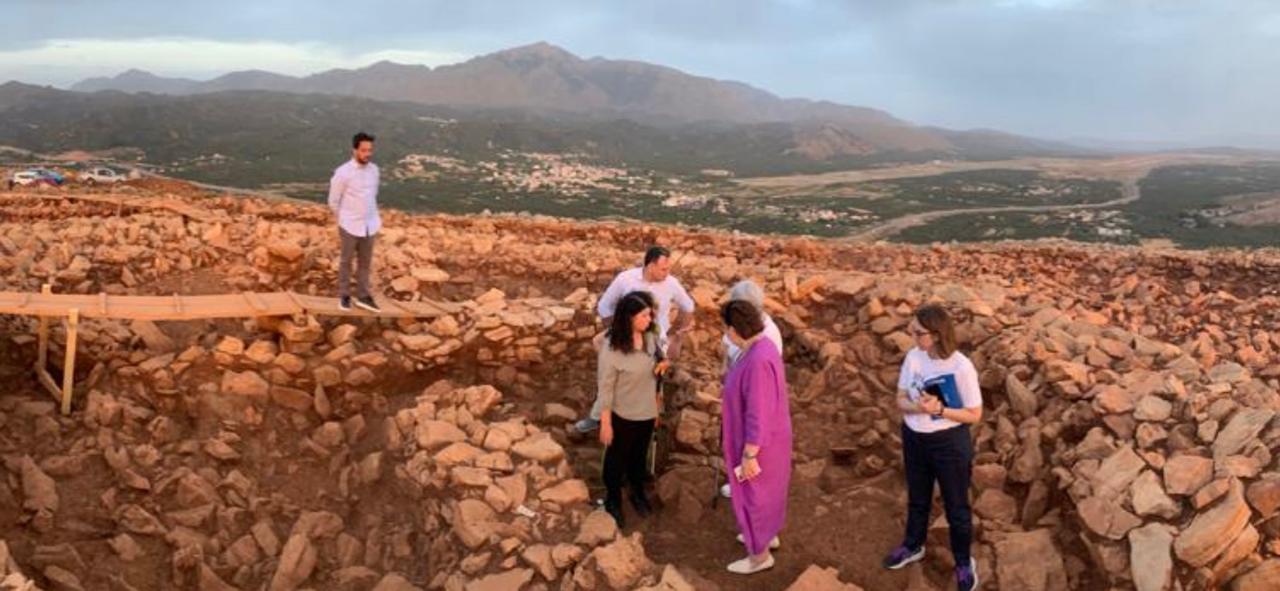A big, round, 4,000-year-old stone building discovered on a Cretan hilltop is puzzling archaeologists and threatening to disrupt a major airport project on the Greek tourist island.
Excavations have revealed a unique circular architectural ensemble unprecedented in Minoan archaeology.
The Hellenic Ministry of Culture announced the finding of a monumental circular structure, approximately 48 metres in diameter, at an altitude of 494 metres. This structure, covering around 1,800 square metres, consists of eight superimposed stone rings, forming an intricate labyrinthine layout with a central zone and smaller surrounding spaces.
 The structure's complex design indicates significant architectural expertise and central administration. Given the types and quantities of artefacts and animal bones uncovered, it is believed to date back to the period between 2000 and 1700 BC. Initial findings suggest the site may have been used for rituals rather than permanent residence.
The structure's complex design indicates significant architectural expertise and central administration. Given the types and quantities of artefacts and animal bones uncovered, it is believed to date back to the period between 2000 and 1700 BC. Initial findings suggest the site may have been used for rituals rather than permanent residence.
Culture Minister Lina Mendoni and Deputy Infrastructure Minister Nikos Tachias have emphasised the importance of continuing the excavation while ensuring the construction of the new airport remains on schedule. A meeting held on-site resulted in plans to relocate the radar installation to protect the archaeological find.
"We all understand the value and importance of cultural heritage ... as well as the growth potential" of the new airport project, she said. "It's possible to go ahead with the airport while granting the antiquities the protection they merit."
The ministry said the building was mainly used between 2000 and 1700 B.C. and was founded around the time Crete's first palaces, including those at Knossos and Phaistos, were being built.
It said some of its features were comparable with early Minoan beehive tombs, which were surmounted by stepped conical roofs, and burial mounds in other parts of Greece.
Greece's rich cultural heritage often results in conflicts of interest during construction projects.
At the end of the last century, an entire hilltop fortified settlement from the 3rd millennium B.C. was excavated and then destroyed during construction work for Athens International Airport.
The ministry said that at least 35 additional archaeological sites have been uncovered during work on the new Kastelli airport and its road connections.

Ongoing excavations aim to uncover more details about the monument's original form and height. The findings could provide new insights into Minoan civilisation and its architectural practices, potentially linking this structure to other ancient buildings in Crete and the broader Aegean region.
Read more: Minoan Civilisation
(Source: Greek Ministry of Culture)

